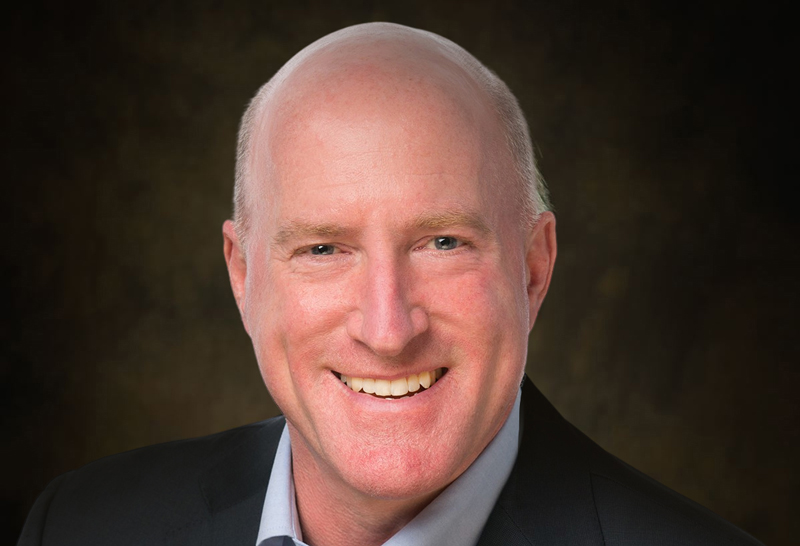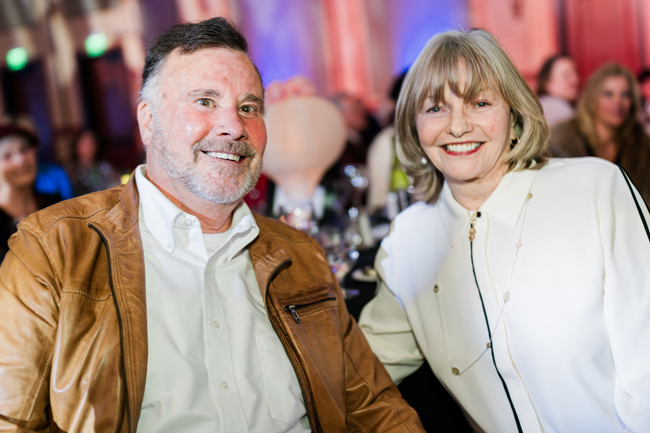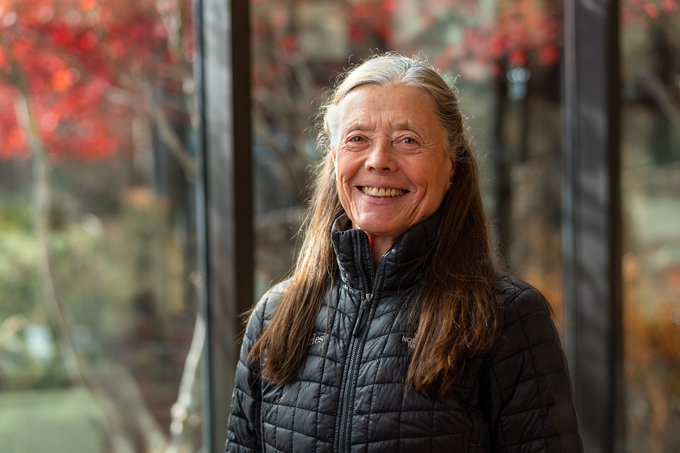It is no secret that this has been a challenging year at St. Charles. A number of regional, national and even global factors have caused workforce shortages, patient capacity issues and financial struggles. Aftershocks of the COVID-19 pandemic continue to rattle hospitals across the country, including ours.
But I firmly believe St. Charles is on the right track, both operationally and financially, thanks to our caregivers’ team work, professionalism and dedication to patient care excellence. I want to give you a brief update and assure you that Central Oregon’s largest health care provider – and employer – is committed to being here and continuing to provide critical care to our communities.
Service lines
Based on input from physicians, frontline caregivers and leaders, we are making some significant structural changes to how we deliver care. The basic idea is care should be organized around the patient, rather than us operating in silos, and we must pull together to succeed.
One way we are doing this is the development of what we call service lines. In the health care industry, a service line is an organizational structure that aligns, coordinates and advances services for a certain patient population with similar clinical needs. Within the service line, we will group and manage services that support the patient’s journey from beginning to end. A service line structure is less about buildings, departments and geography and more about why patients seek care and how we can re-think the way we work to support their needs.
As an example, cardiac patients are often treated in both hospitals and clinics. Building a system that reinforces and promotes communication and support across different areas of the health system will improve patient care, patient outcomes and patient satisfaction. The goal, as always, is to do what’s best for you.
Financial improvement
On the financial side, we are starting to see green shoots of progress after months of efforts by everyone in the organization – from the Board of Directors to the frontline caregivers to the folks who balance the books – to seek out new sources of revenue and to spend only what’s necessary. In this way, our budget is probably a lot like yours at home.
One thing that has helped significantly is we have finished paying back $95 million in advance payments we received from the federal government as part of a pandemic relief program. Without this drag on operating cash flow, we will see more immediate impact from our financial stabilization and improvement efforts.
Here’s the good news: October was the fourth consecutive month in which we achieved a positive operating income, albeit modest. That result was driven by a decrease in contract labor and lower than expected use of medical supplies, among other factors.
The not-as-good news is that our year-to-date operating loss stands at nearly $28 million, so we are not yet out of the financial woods. But as I said above, I believe we are on the right track, and I’m grateful for all of our people who I see working hard every day to deliver great care and to keep us moving in the right direction.
Sincerely,
Steve





